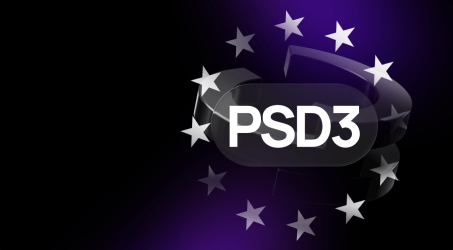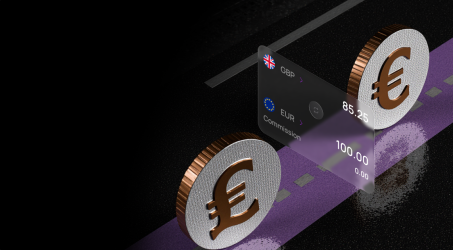10 mins read
Onboarding Guide: How to Register a Transferra Account
We’re excited to have you join our platform, and we’re here to guide you through the simple steps of registering a Transferra account. Transferra is a convenient and secure way to transfer money, make payments, and manage your finances effortlessly.











